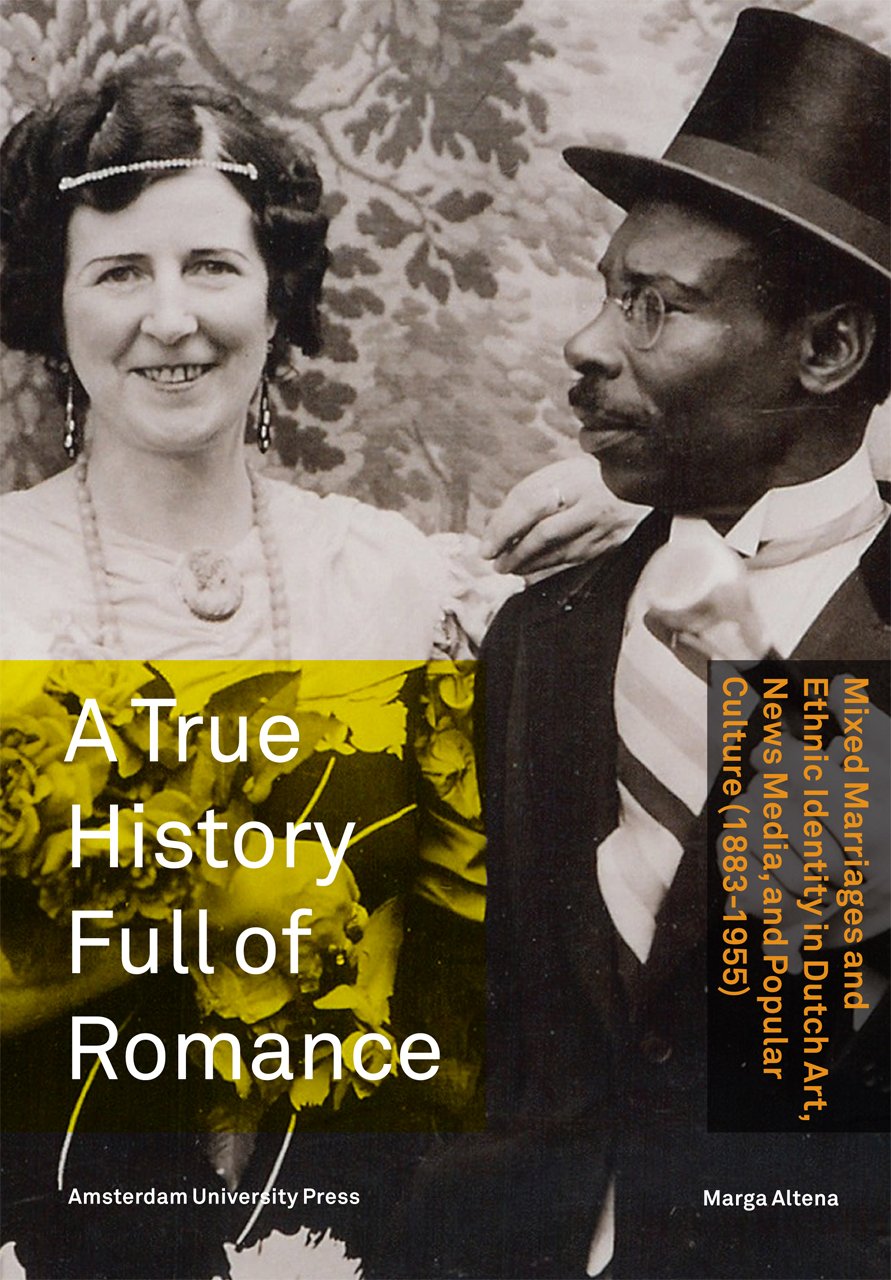Race, Marriage, and the Law of Freedom: Alabama and Virginia 1860s-1960s
Chicago-Kent Law Review
Volume 70, Issue 2: Symposium on the Law of Freedom, Part I: Freedom: Personal Liberty and Private Law (1994)
pages 371-437
Peter Wallenstein, Professor of History
Virginia Polytechnic Institute and State University
INTRODUCTION
In 1966, one hundred years after Congress passed the Fourteenth Amendment and sent it to the states for ratification,’ Richard and Mildred Loving took a case to the U.S. Supreme Court to challenge their convictions for having violated Virginia’s laws against interracial marriage. In the months ahead, the nation’s high court would face squarely, for the first time, the question of whether laws like Virginia’s violated the Fourteenth Amendment. In June 1967, in a unanimous decision, the Court struck down all laws that made the racial identity of an American citizen a criterion for indictment and conviction for the crime of contracting a marriage.
The most private of relationships proved tightly entwined with public policy in the years after the end of American slavery. Sexual relations across racial lines-whether within marriage or outside itproved a topic of judicial interest into the 1960s for two reasons. First, many American states enacted and long retained statutes restricting such interracial relations, and second, some people sought to establish and maintain such relations whatever the law. Generalizing about the racial attitudes and behavior of white southerners, Swedish sociologist Gunnar Myrdal noted in the early 1940s that “the closer the association of a type of interracial behavior is to sexual and social intercourse on an equalitarian basis, the higher it ranks among the forbidden things.”
This Essay focuses on the most forbidden thing of all: marriage between African Americans and European Americans. The Essay details the origins and application of laws against such marriages, and tracks the history of challenges in the courts to those laws. Two states, Virginia in the Upper South and Alabama in the Deep South, together illustrate how the law related to sex, marriage, and interracial couples. Though the variations on a general theme are intriguing, the two states differed little in the outlines of their legislative or judicial histories on questions of miscegenation. Both states criminalized sexual and marital relations of an interracial nature. In both states, any number of cases developed at the local level, as the courts dealt with indictments for violating the antimiscegenation laws. At the appellate level some defendants brought appeals on constitutional or other grounds. The legal environment in each state was shaped by a decision from the other state.
Four cases, two from Alabama and two from Virginia, went to the U.S. Supreme Court. In 1883, Pace v. Alabama supplied a major precedent in favor of the constitutionality of antimiscegenation statutes. Virginia relied on Pace into the 1960s to justify its own antimiscegenation laws. In two cases in the 1950s, Jackson v. Alabama and Naim v. Virginia, the Court skirted the issue and left Pace intact. In 1967, in Loving v. Virginia, the Supreme Court finally reversed Pace and established a new law of race and marriage throughout the nation. Only in the 1960s, a full century after Emancipation, did the Supreme Court declare statutes against interracial marriage unconstitutional. Only then did the law of slavery and racism defer at last to the law of freedom and racial equality.
The law that the Lovings challenged in the 1960s had its origins in the seventeenth century. In Virginia, slavery and antimiscegenation legislation developed together. In Alabama, by contrast, laws restricting interracial marriage originated only in the 1850s. In both states, such laws reached their fullest development in the years between 1865 and 1883, that is, in the generation after the Civil War and Emancipation. Moreover, in both states the legal definitions of white and non- white shifted in the early twentieth century, such that residents with any discernible African ancestry were classified as nonwhite (something not the case in the nineteenth century).
When the Lovings married each other in 1958, no constitutional challenge to antimiscegenation laws had succeeded in any federal court. The American system of marital Apartheid no longer held sway in many states outside the former Confederacy, but in the South it showed no promise of relinquishing its control. That system had its origins, at least in Virginia, as far back as the 1690s. It had grown more powerful as slavery had. It had continued to grow more powerful into the 1920s and 1930s. As late as the 1950s, efforts to challenge the system in state and federal courts alike in both Alabama and Virginia had come to naught. Yet, the Lovings prevailed in their challenge. This Essay tells the history of the system they challenged and outlines the story of that challenge and its aftermath…
Read the entire article here.



